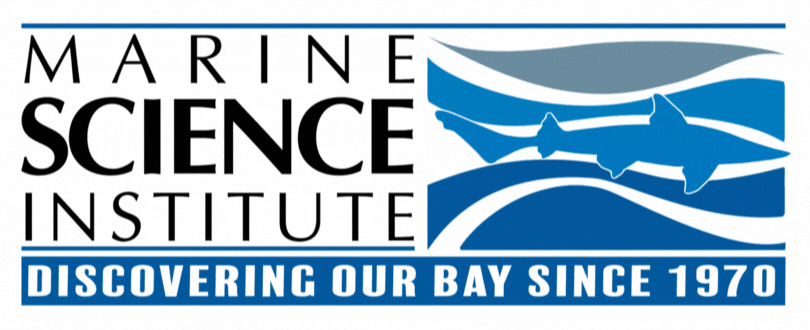A Marine Protected Area (MPA) is an established zone that provides lasting protection for ocean treasures. These delineated zones provide protective management for species preservation, biodiversity conservation or economic resources. Global MPA coverage (Fig. 1) is estimated at 2.8% as of 2013 (source: Protected Planet Ocean), meaning that 2.8% of the global ocean is protected by the conservation community, resource management authorities and by international and federal agreements.

Figure 1. The most recent official map of MPAs. Image source: IUCN and UNEP-WCMC (Oct 2013). The World Database on Protected Areas (WDPA). Available at: www.protectedplanet.net.
Recently, President Obama established the largest protected area on Earth, the Papahānaumokuākea Marine National Monument in Hawaii. This MPA was originally established in 2006 and covered 140,000 square miles of ocean. In August President Obama more than quadrupled the size of the area encompassing the monument, which is now a whopping 582,578 square miles (Fig. 2). This area is larger than all the national parks combined!

Figure 2. Displays the expansion of the Papahānaumokuākea Marine National Monument boundary. Image source: Papahānaumokuākea Marine National Monument.
While this decision is incredible for preserving ocean ecosystems, it does not come without debate and objection. MPAs are “no-take” zones that ban fishing practices and intend to preserve natural areas in their natural state, drawing complaint from longline fisheries who were previously fishing in the area. While the expansion of the monument area may serve a blow to the Hawaiian culture and economy, the decision provides an example of sustainability for future national park expansions.
The Papahānaumokuākea is a sanctuary for endangered species such as blue whales, sea turtles and Hawaiian monk seals. With some of the world's healthiest coral reefs found within the protected zone, a quarter of the animals living in the monument's area are found nowhere else in the world (source: National Geographic). With the expansion of this important protected oceanic system, hopefully the over 7000 marine species that inhabit the region thrive under the MPA's protection.





